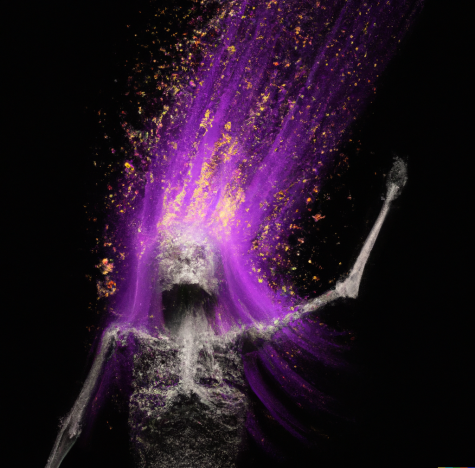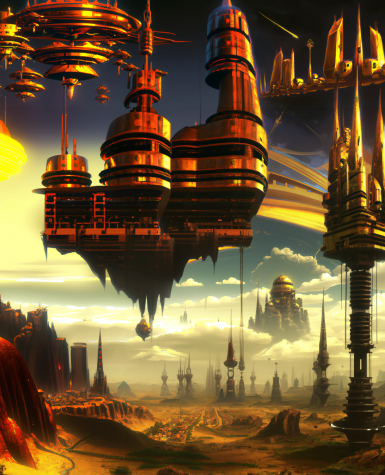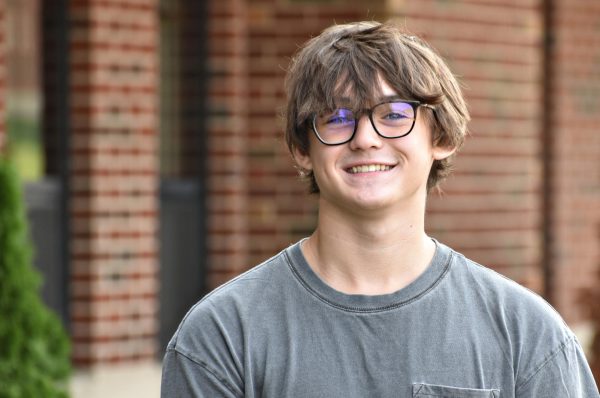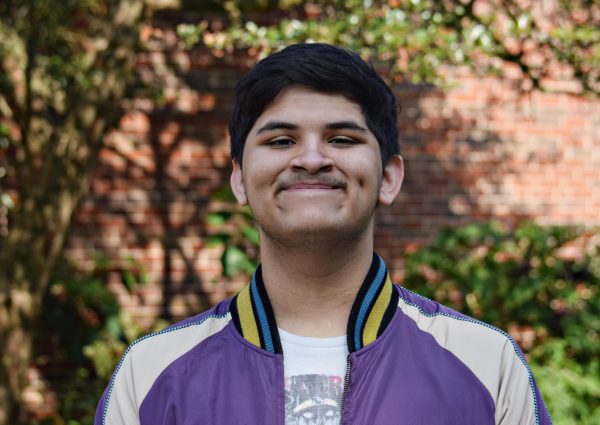How computers are replacing artists, and what that means for us
Photo by Micah Weber
A pastoral image generated with DALL-E 2.
October 5, 2022
Art is an essential cornerstone of the Human experience. It is how we express ourselves, how we display ourselves, how we learn about ourselves. Art is reflected in every physical aspect of existence, it acknowledges and respects the beautiful complexities that make up our universe.

Art is natural, it is kind, it is deeply personal and it is the crown jewel of human reality. Our ability to create art is proof that we are conscious, that we can feel. Art creates fame and glory, it gives individuals power and prestige, and above all, It is the quintessential expression of the human spirit.
But what if we are not the only ones capable of our sacred discovery. Some have claimed sacrilege, others have praised it as an extension of the human mind. But what is IT?
It is an organized stack of metals and plastics and electricity that we like to call a computer. Yes, you are understanding correctly. Computers are capable of creating art, leading to a plethora of different discussions around the topic of computer-generated art.
So how does computer-generated art work? Put simply, a program is “trained”. The program is given billions of images with corresponding, detailed captions. Over time, the program can identify and replicate things like art styles, places, textures, and materials, as well as harder ideas and concepts. The end result is a computer that can generate art based on any given prompt or example.
Something that is important to mention, however, is that the computer cannot produce art without human input.

A big topic of debate has been over whether computer generated-art even is art. In late August, there was uproar in the art community after an ai-generated image placed first in the Colorado State Fair fine arts competition. Some would claim that the winning piece, Jason Allen’s “Théâtre D’opéra Spatia”, is not art because a computer cannot experience emotions – therefore it cannot possibly produce a piece with the emotional basis that makes something art.
Others might argue that computer image generation is art because there is a level of human engagement, the computer is only a medium for the artist’s creativity and imagination.
The answer to this question is not simple, and so for now, it is safe to assume that there is no common agreement as to whether computer-generated images are art.
But maybe the biggest question is: “Can computers replace artists?” The answer to that question is no, not at all. Although the works produced by the computer are just as good, if not even better than the works capable of being produced by human artists, these computers are not freethinking, and cannot just decide to create something. Currently, computer-generated art can only be created with human involvement. Until humankind develops true freethinking artificial intelligence, artists do not need to worry about a computer stealing their crafts. What artists should truly be afraid of right now are the people who wield these programs.
Right now humanity travels towards an uncertain new period of human existence. An era brought about primarily through advancements towards true artificial intelligence, and the technologies required to make it happen. It will bring forth a cascade of new questions and fears. But what should be abundantly clear is that it will be an era marked and revolving around one overarching theme: Humans and Machines.






